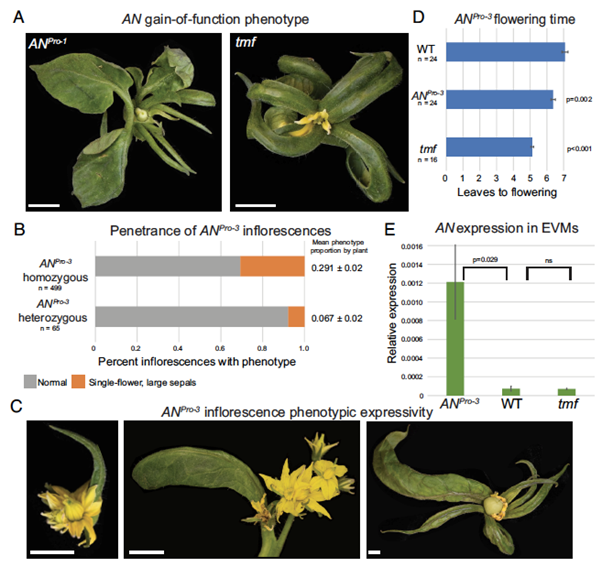
Developmental robustness from antagonizing cis-elements
Plant Science Research WeeklyDevelopmental transitions in plants are tightly regulated by transcriptional networks that require fine-tuned temporal and spatial control, with noncoding sequences in gene promoters playing a key role. The conserved transcriptional regulator UNUSUAL FLORAL ORGANS (UFO) is essential for floral development.…
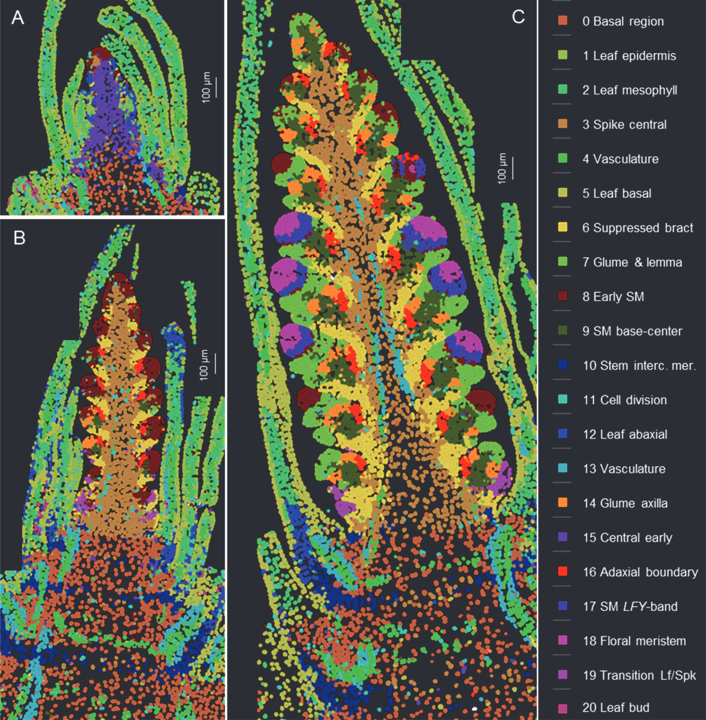
Single cell analysis of wheat spike development
Plant Science Research WeeklyThis preprint wins the award for “most beautiful paper” this week. Xu, Lin et al. carried out an expression analysis of developing wheat spikes at three developmental stages, using both single-cell RNA sequencing and single-molecule fluorescence in situ hybridization (smFISH). The wheat spike is…
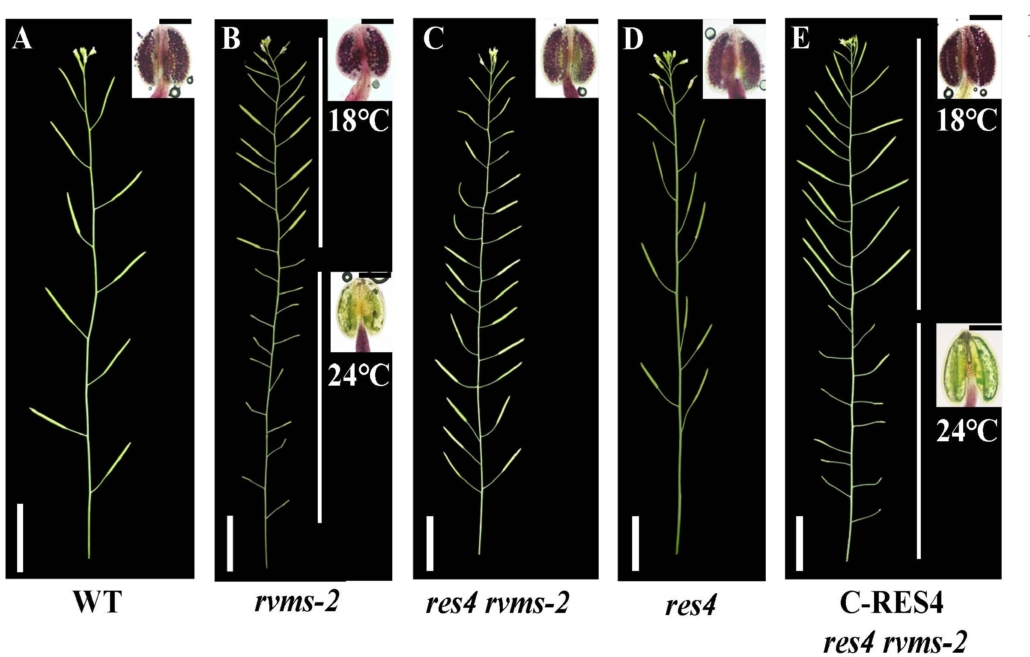
ATP-citrate lyase B1 regulates pollen development in Arabidopsis
Plant Science Research WeeklyThe genetic regulation of male fertility in Arabidopsis thaliana involves multiple factors, including ATP-Citrate Lyase (ACL), a key enzyme in cytoplasmic acetyl-CoA production. The thermosensitive male-sterile mutant reversible male sterile-2 (rvms-2) exhibits normal fertility at low temperatures but…
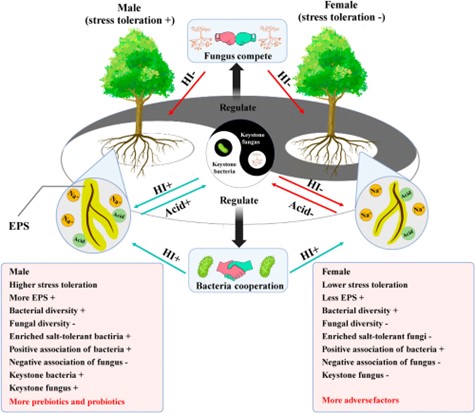
Dioecious dynamics: How male and female poplars shape microbial networks under stress
Plant Science Research WeeklyPlants actively shape the microbial community in their rhizosphere to optimize nutrient acquisition and enhance resilience against environmental stresses. Interestingly, in dioecious plants, male and female individuals play distinct ecological roles and evolve different environmental adaptability. For…
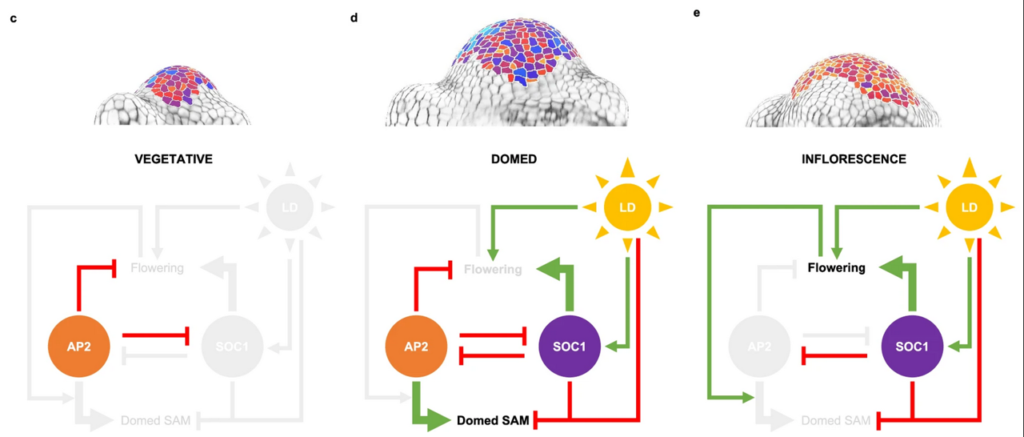
APETALA2 coordinates shoot apical meristem shape and identity during floral transition
Plant Science Research WeeklyThe study by Bertran Garcia de Olalla et al. investigated the role of the APETALA2 (AP2) transcription factor in Arabidopsis, particularly its influence on the shoot apical meristem (SAM) during the transition from vegetative to reproductive growth. AP2 is essential for the rapid increase in SAM height…
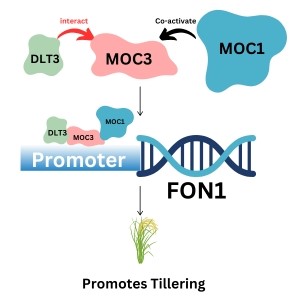
Rice tiller production regulated by sustained expression of FON1
Plant Science Research WeeklyNumber of tillers is one of the major determinants of yield in rice. MONOCULM1 (MOC1) and MOC3 have been reported to regulate tiller formation by promoting axillary bud formation and elongation of buds. MOC1 interacts with MOC3 and promotes the expression of FLORAL ORGAN NUMBER 1 (FON1), which increases…
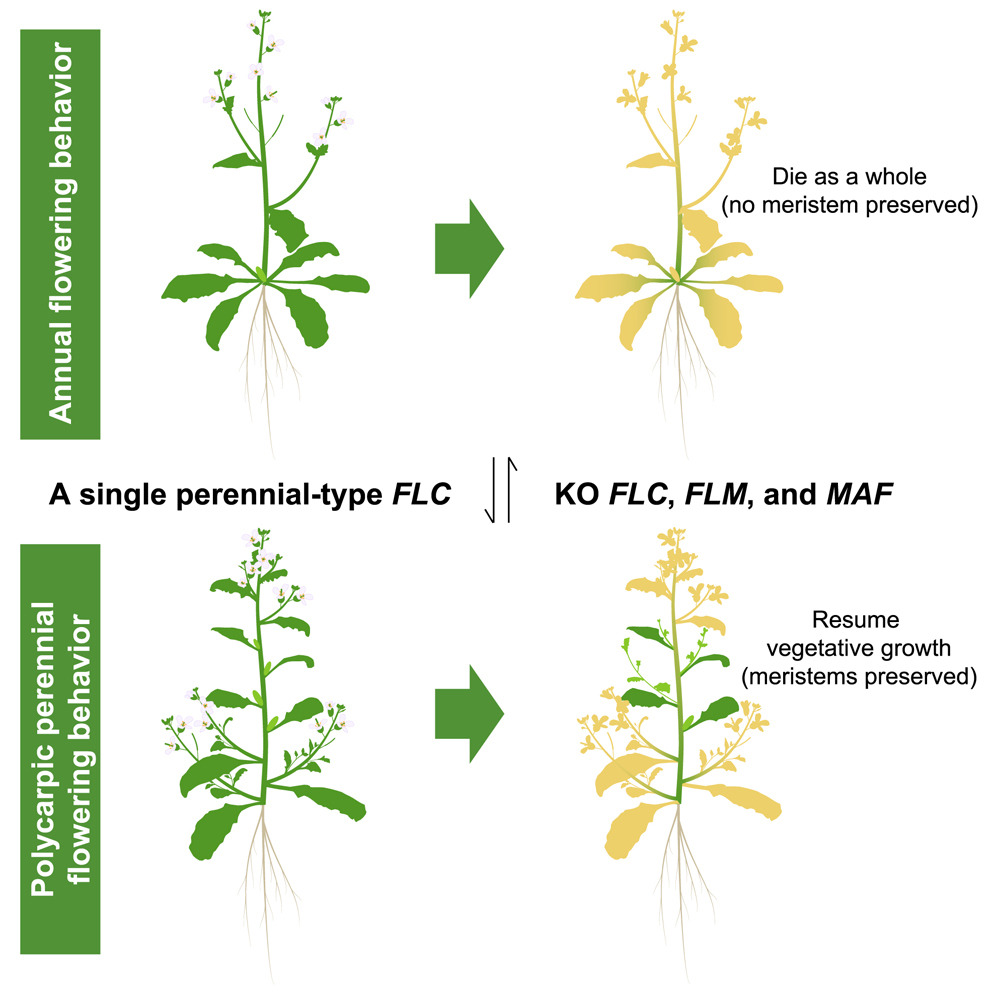
A single gene converts Brassicaceae from annual to perennial form
Plant Science Research WeeklyPolycarpic perennials, as opposed to annual plants, flower multiple times over several growing seasons throughout their lifecycle. To do that, they must retain a vegetative meristem that does not produce flowers during the reproductive phase. MADS-box transcription factors like FLOWERING LOCUS C (FLC)…
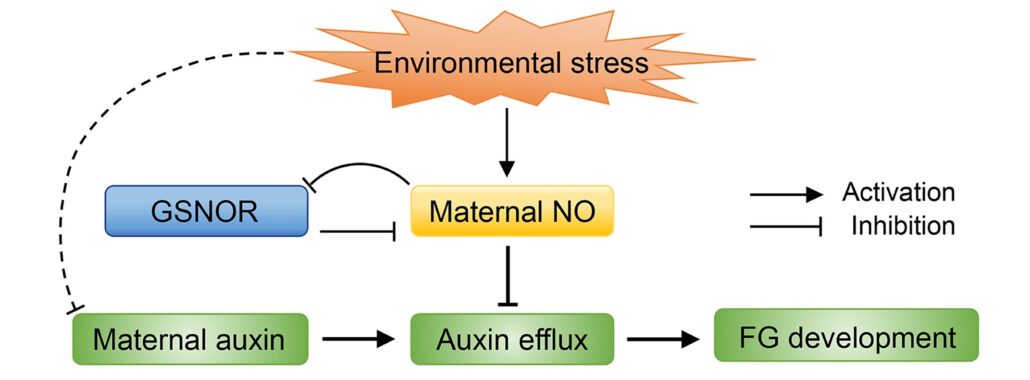
Maternal nitric oxide influences female gametophyte development
Plant Science Research WeeklyNitric oxide (NO) acts as a signal molecule to regulate plant growth, from seed germination to floral formation. Female gametophyte (FG) development is sensitive to external signals; for example, in plants in adverse environements, a decrease in fertilizable FGs enhances the survival prospects of the…
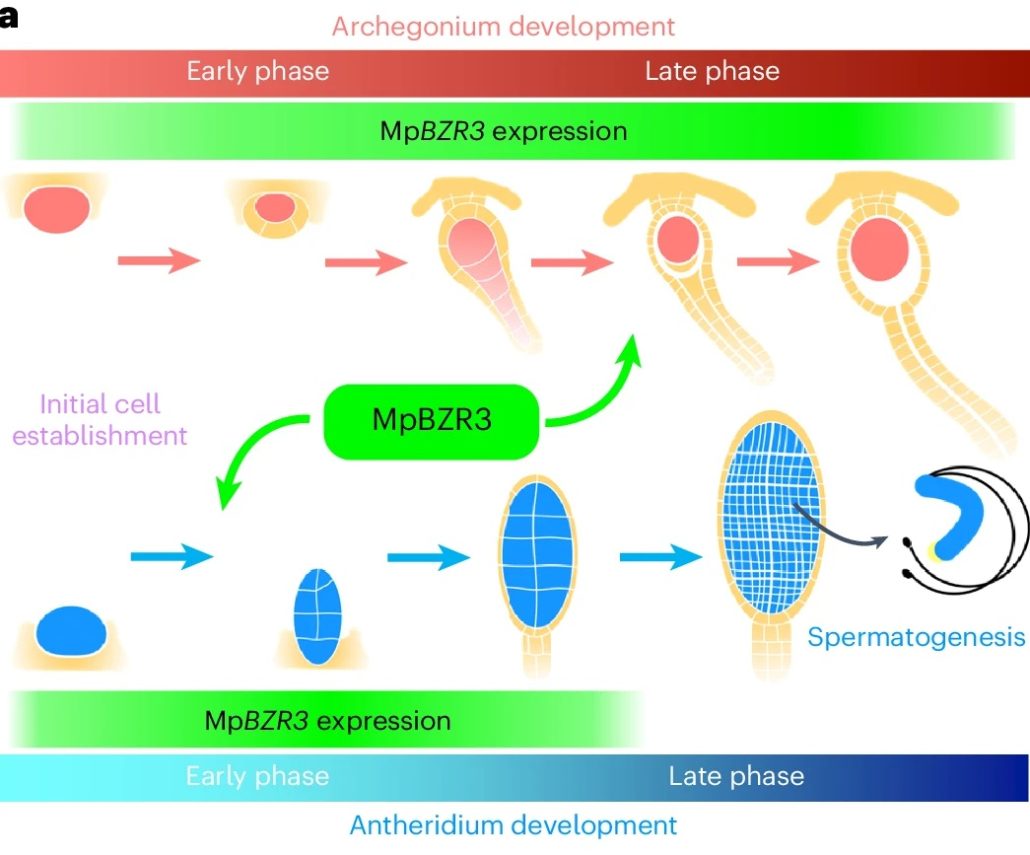
A novel BZR/BES transcription factor controls the development of haploid reproductive organs in Marchantia polymorpha
Plant Science Research WeeklyGametogenesis is essential for sexual reproduction. In bryophytes, lycophytes, and ferns, gametogenesis takes place in gametangia: antheridia for sperm production and archegonia for egg production. How these specialized reproductive organs develop at the molecular level remains unclear. Furuya et al.…

